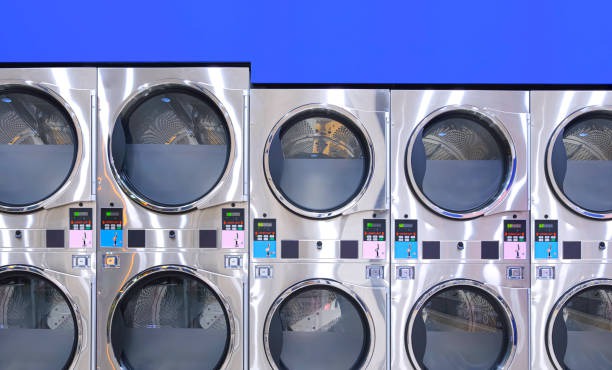In pediatric dentistry, creating a comfortable and stress-free environment for children is paramount. Sedation dentistry is an effective solution among various techniques to reduce dental anxiety in children.
This article delves into the intricacies of this method, its types, safety parameters, and much more. Let’s demystify the complexities of pediatric sedation dentistry and address the pressing question— Is it safe for kids?
A Glimpse into Sedation Dentistry
Sedation dentistry refers to using medications to help patients, particularly children in this context, relax during dental procedures. It bridges the gap between anxiety and comfort, especially when invasive treatments are on the charts. It’s a boon for children who dread the dentist’s chair, offering a smooth, less daunting experience.
In emergency dentistry, a situation may arise where there is a need for same-day emergency dental care. Sedation dentistry can significantly help when quick, intensive procedures are required and the patient is highly anxious or fearful.
Types of Sedation in Pediatric Dentistry
With its various types, sedation emerges as an effective tool to conquer dental fears. These include general anesthesia, where a child sleeps throughout the procedure, deep sedation with IV, and mild to moderate sedation, which promotes relaxation. Lastly, nitrous oxide or laughing gas induces a euphoric effect, keeping the fear at bay.
The Role of Nitrous Oxide
Being one of the least invasive methods, nitrous oxide plays a pivotal role in managing a child’s anxiety during dental procedures. The gas is administered before and throughout the treatment, offering a calming effect that helps the child comply without fear or apprehension.
Safety Parameters
Sedation dentistry is largely viewed as safe within the dental community. It can lead to an anxiety-free dentistry experience for many children, making it an appealing option for dentists and parents. Safety of nitrous oxide, for instance, is greatly ensured due to its ability to wear off quickly, leaving minor and rare side effects.
The Flip Side: Side Effects of Nitrous Oxide
Despite its benefits, nitrous oxide has potential short-term side effects. These can range from mild nausea to occasional fatigue and dizziness post-procedure. However, long-term side effects are exceedingly rare, often resulting from negligence or misuse of equipment. And when considering family dentistry, it’s essential to know that nitrous oxide sedation is also a feasible option for adults. Its usage can result in affordable dental care for families by reducing the number of required dental visits due to a child’s reluctance.
Preparing for Sedation
Preparation for a dental procedure involving sedation entails an honest discussion about the child’s fears and concerns. The dentist or hygienist usually guides the child through the process, putting the child and parents at ease. No critical fasting restrictions apply for nitrous oxide sedation. A light meal beforehand is usually acceptable.
Aftercare Post-Sedation
Post-procedure, attention to aftercare is crucial. Despite the sedation type, the child may initially feel dizzy or slightly disoriented. Ensuring a peaceful environment for rest, checking their food and water intake, and deciding on their school or activity schedule for the rest of the day are vital.
The Right Time for Sedation Dentistry
The application of sedation dentistry mainly depends on the severity of a child’s anxiety and the complexity of the dental procedure. It’s especially beneficial for invasive treatments or where the child’s extreme fear could hinder the process.
To End
So, is sedation dentistry safe for kids? For the most part, the answer is a resounding ‘Yes.’ Issues like dental anxiety can be quite severe in children, and using methods like nitrous oxide can significantly reduce their stress, making the overall experience much more comfortable. Like other medical procedures, it is all about informed conversations and professional guidance to ensure safety and efficacy tailored to your child’s needs.



